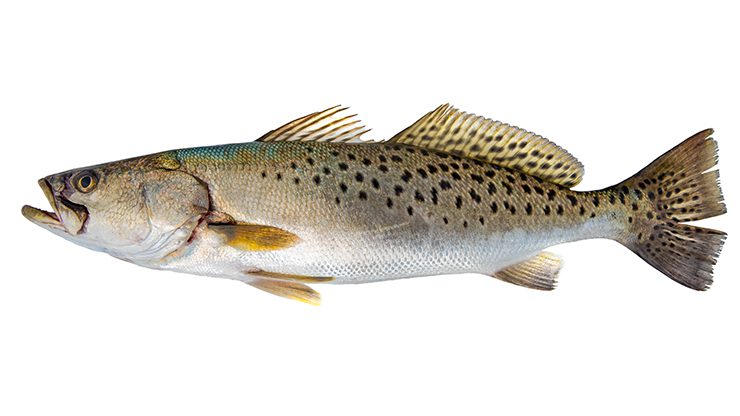
Recreational and commercial harvest for spotted seatrout is to reopen July 1, after being closed since January because of widespread cold-stun events.
The North Carolina Department of Environmental Quality Division of Marine Fisheries closed recreational and commercial harvests in coastal and joint waters for the fish from Jan. 24 to June 15.
Supporter Spotlight
The Marine Fisheries Commission adopted Amendment 1 in March to the N.C. Spotted Seatrout Fishery Management Plan, setting new rules and extending the harvest closure by 15 days through June 30, following a cold stun event, the division announced April 8.
The monthslong closure included May and June, when peak spawning occurs, to allow the surviving fish a chance to reproduce.
The division reminded the public Tuesday that the harvest would open July 1 and of the new rules in Amendment 1, which include for recreational fishing, a 14- to 20-inch slot limit with an allowance for one fish over 26 inches, and a three fish individual bag limit.
The amendment closes commercial harvest on Saturday and Sunday Jan. 1 through Sept. 30, and on Saturday, Sunday and Monday from Oct. 1 through Dec. 31.
Shortly after the division’s April announcement extending the closure, the North Carolina Wildlife Resources Commission enacted a temporary rule closing the recreational harvest of spotted seatrout in inland and joint fishing waters from May 2 through June 30.
Supporter Spotlight
“Enacting a temporary rule will avoid public confusion given the recent proclamation of the N.C. Department of Environmental Quality’s Division of Marine Fisheries (DMF) to close both commercial and recreational spotted seatrout harvest in coastal and joint waters due to widespread cold stun events in January,” a May 2 press release explains.
North Carolina Department of Environmental Quality’s Division of Marine Fisheries enacts and enforces rules established by the Marine Fisheries Commission for coastal and joint waters.
The North Carolina Wildlife Resources Commission, which carries out laws determined by its commissioners, manages recreational fishing for inland waters. Both manage joint waters, where coastal and inland waters meet.







